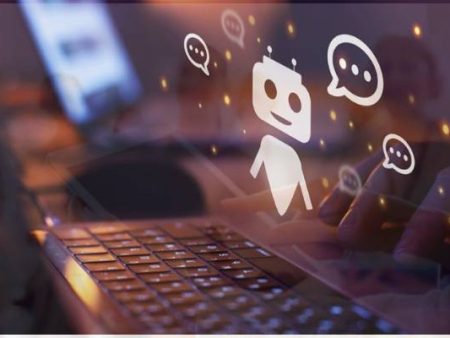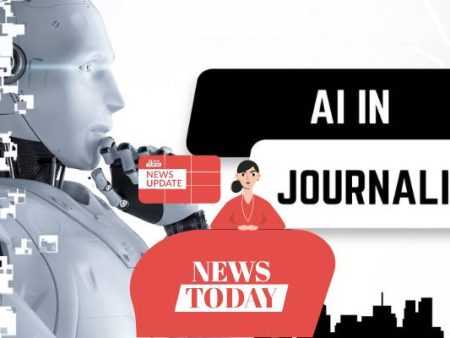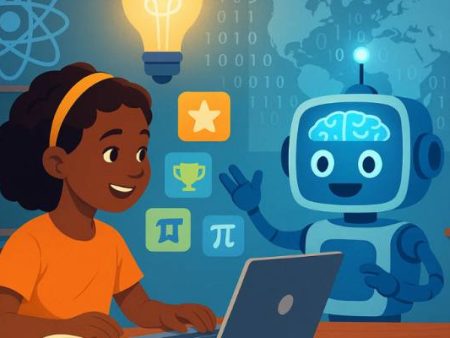Video has always had a special power. It connects faster, sticks longer, and often feels more authentic than plain text. But here’s the rub—scaling video production has historically been exhausting.
Think about it: multiple shoots, endless edits, localization for different markets, personalization for different audiences. It used to be a logistical (and financial) nightmare.
Now, with AI, the barriers are falling. Suddenly, creating videos that speak directly to your audience—not just broadly, but personally—is possible. That’s where creating personalized marketing videos at scale enters the conversation.
And if you’re wondering, “Is this just another tech fad?”—I’d argue no. This shift is rewriting the rules of engagement.
Why Personalization Matters More Than Ever
Let’s start with the basics. Why should marketers care about personalization in video?
The numbers tell the story. A study by McKinsey revealed that 71% of consumers expect companies to deliver personalized interactions, and 76% get frustrated when this doesn’t happen. Personalized video builds trust, boosts conversions, and makes audiences feel seen.
Think of the difference between a generic “Welcome to our platform” message versus a video that greets you by name, references your city, and highlights solutions tailored to your industry. One feels like mass marketing. The other feels like a conversation.
The Old Problem of Scale
Here’s the challenge that held personalization back: scale. Sure, you could make one beautifully personalized video for a single high-value client, but doing that for hundreds—or thousands—was nearly impossible.
Traditional production pipelines were too rigid. You’d need separate shoots, actors, scripts, and editors for every variation. Costs skyrocketed. Deadlines stretched. And let’s be honest—no marketing team could sustain that.
This is where AI video technology changes the equation.
Enter AI Video
AI isn’t just automating tasks—it’s reinventing them. With AI, you can now:
- Generate custom scripts that adapt to audience data.
- Use AI video avatars to deliver messages without hiring actors.
- Translate and localize videos instantly.
- Personalize content at scale by swapping out names, logos, or contextual details.
And yes, AI can even repurpose content you already own. Imagine how AI can turn your old photos into movies, blending past campaigns with new storytelling elements. It’s repurposing with a creative twist.
How Personalized AI Videos Work
Let’s break down the workflow.
- Data Integration
You start with audience data—names, purchase history, location, or industry. This information becomes the backbone of personalization. - Script Generation
AI tools create scripts that weave personalization naturally. Example: “Hi Alex, we noticed you’ve been exploring our cloud solutions. Here’s how they can help your Boston-based team.” - Video Production
Instead of filming actors repeatedly, you use AI avatars or text-to-video platforms. These avatars can deliver your script in multiple languages, accents, and tones. - Post-Production Enhancements
This includes background music, animations, and accessibility features like generating subtitles for viewers who prefer (or need) text. - Distribution at Scale
Platforms let you automatically generate thousands of personalized versions, each tailored to a specific recipient.
The Tools Making It Possible
You’re probably asking: which tools can actually do this? Here are some leading players:
- Synthesia: Known for lifelike AI video avatars delivering personalized scripts.
- Pictory: Great for repurposing existing blogs and long-form content into short videos.
- Lumen5: Social-first platform with templates designed for marketers.
- Runway: Ideal for more creative, experimental storytelling, including text-to-video generation.
- Descript: Editing powerhouse where you can edit by editing the transcript.
- DeepBrain AI: Specializes in hyper-realistic avatars often used for news or education.
I’ve tried most of these. My opinion? Synthesia is the go-to if your focus is personalization at scale, but Pictory has a soft spot in my heart because it makes breathing life into old text effortless.
A Personal Story: Testing AI at Scale
When I first experimented with personalized AI videos, I’ll admit I was skeptical. Could an AI avatar really connect with people?
I tested a campaign for a small e-learning business. Instead of sending a generic “Welcome” video, we created 500 variations, each greeting the user by first name and referencing their chosen course.
The results? A 42% higher engagement rate compared to non-personalized videos. Some students even replied, thinking the instructor had recorded the video just for them. That emotional connection—that moment where people feel seen—is the magic here.
The Emotional Nuance Question
But let’s pause. AI isn’t perfect. One of its biggest struggles is emotional nuance. It can deliver a line, but can it truly convey empathy?
Here’s where human oversight matters. You might tweak scripts to sound warmer, or choose an avatar voice that feels less robotic. Sometimes, imperfections—a pause, a softer phrase—actually make content feel more human.
I’ve learned not to expect AI to carry the emotional weight alone. It’s a partner, not a replacement.
Accessibility and Inclusivity
Another angle worth discussing is accessibility. When you’re creating at scale, inclusivity isn’t optional.
That means:
- Always generate subtitles. Roughly 80% of social videos are watched without sound (Forbes). Subtitles also support viewers who are deaf or hard of hearing.
- Translate for global reach. AI makes localization faster, ensuring you don’t leave international audiences behind.
- Consider visual inclusivity—avoid overused stock footage or imagery that doesn’t reflect your audience’s diversity.
When done well, AI can help you reach everyone, not just a narrow slice of viewers.
The Role of Old Content
Here’s where things get exciting for marketers sitting on years of content. AI can mine your archives, transforming forgotten material into fresh campaigns.
Think of those brand photos from a trade show five years ago. With AI, you can animate them, weaving them into narrative-driven campaigns. That’s literally how AI can turn your old photos into movies, adding motion, text overlays, or voiceovers.
It’s not about discarding the past—it’s about reinventing it.
Common Mistakes to Avoid
A few traps I’ve either fallen into or watched others stumble into:
- Over-Personalization: Yes, personalization is powerful, but don’t make it creepy. Calling out hyper-specific data (“We saw you browsed our site at 10:13 p.m.”) backfires.
- Skipping Quality Control: Auto-generated subtitles, visuals, or voices can misfire. Review everything.
- Forgetting the Story: Personalization is only as strong as the narrative behind it. Don’t sacrifice story for scale.
- Neglecting Testing: Always A/B test personalized vs. non-personalized versions to measure ROI.
The ROI Argument
Let’s talk numbers, because that’s what convinces stakeholders.
- Personalized videos can increase click-through rates by 2-3x compared to generic ones (Vidyard).
- One-to-one video messages can improve response rates by over 200% (Campaign Monitor).
- McKinsey reports personalization can deliver 5-8x the ROI on marketing spend.
That’s why AI video personalization isn’t just shiny tech. It’s a business driver.
The Future: Where AI Video Is Heading
If you think personalization today is impressive, wait a few years. We’re heading toward:
- Real-time personalization, where videos adapt as viewers watch.
- Interactive AI avatars that respond to questions on the fly.
- Seamless integration across VR/AR platforms.
It’s thrilling—and a little daunting. But the opportunity to connect more meaningfully with audiences has never been greater.
Final Thoughts
Scaling video personalization used to feel impossible. AI has changed that. But I’d argue success here isn’t about chasing the fanciest tool. It’s about using these platforms thoughtfully, always with empathy at the center.
Because yes, AI can automate, translate, and personalize. But it’s your creativity, your care for your audience, that makes the difference. If a video makes someone feel valued—not like a number—that’s when the tech has truly succeeded.
So if you’ve been hesitant, start small. Experiment with one campaign. Try an avatar. Add subtitles. Test personalization. You might be surprised how quickly the results show up.
And in the end, you’ll realize something: AI isn’t replacing the storyteller. It’s simply giving the storyteller more powerful tools.


